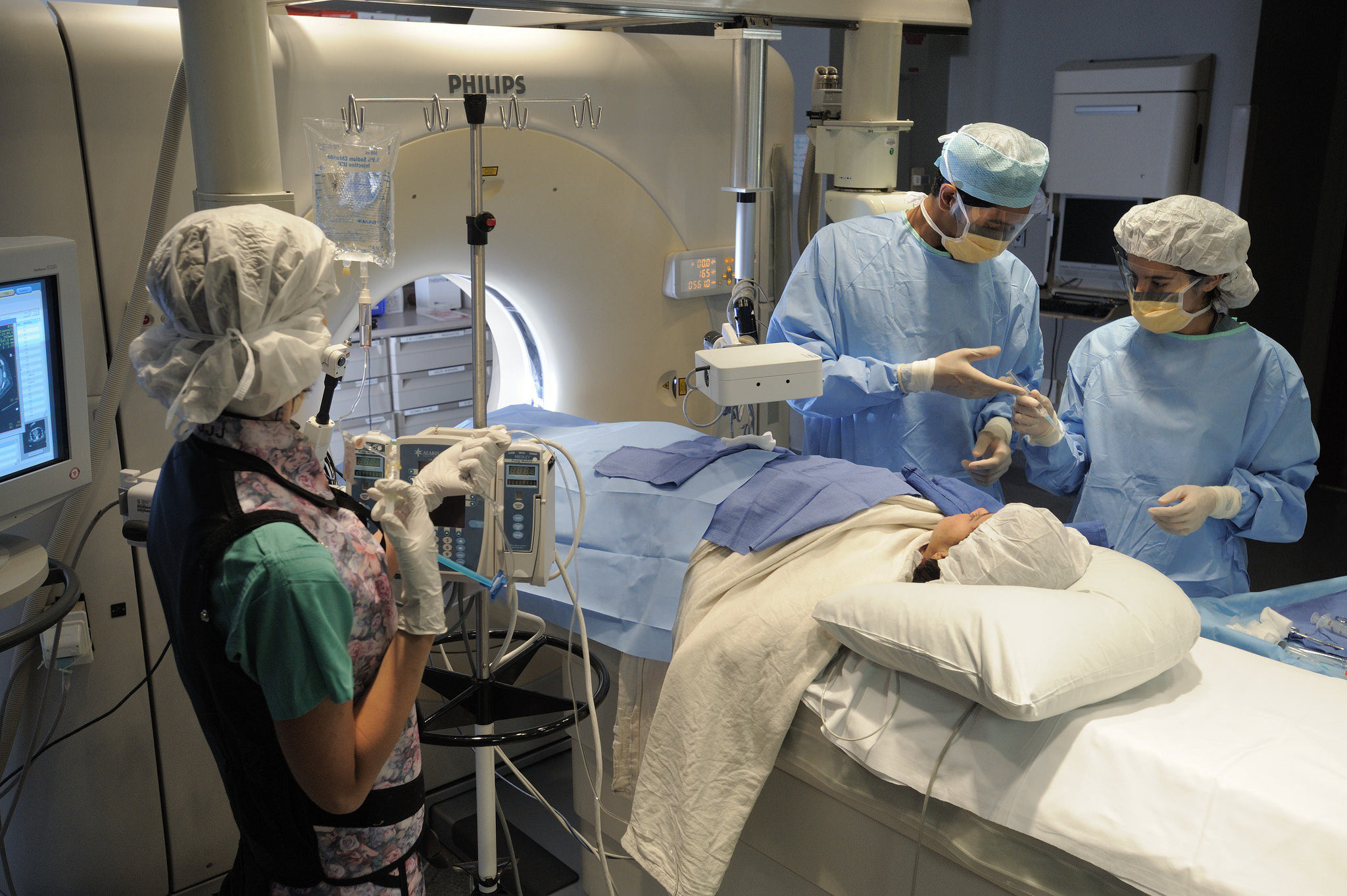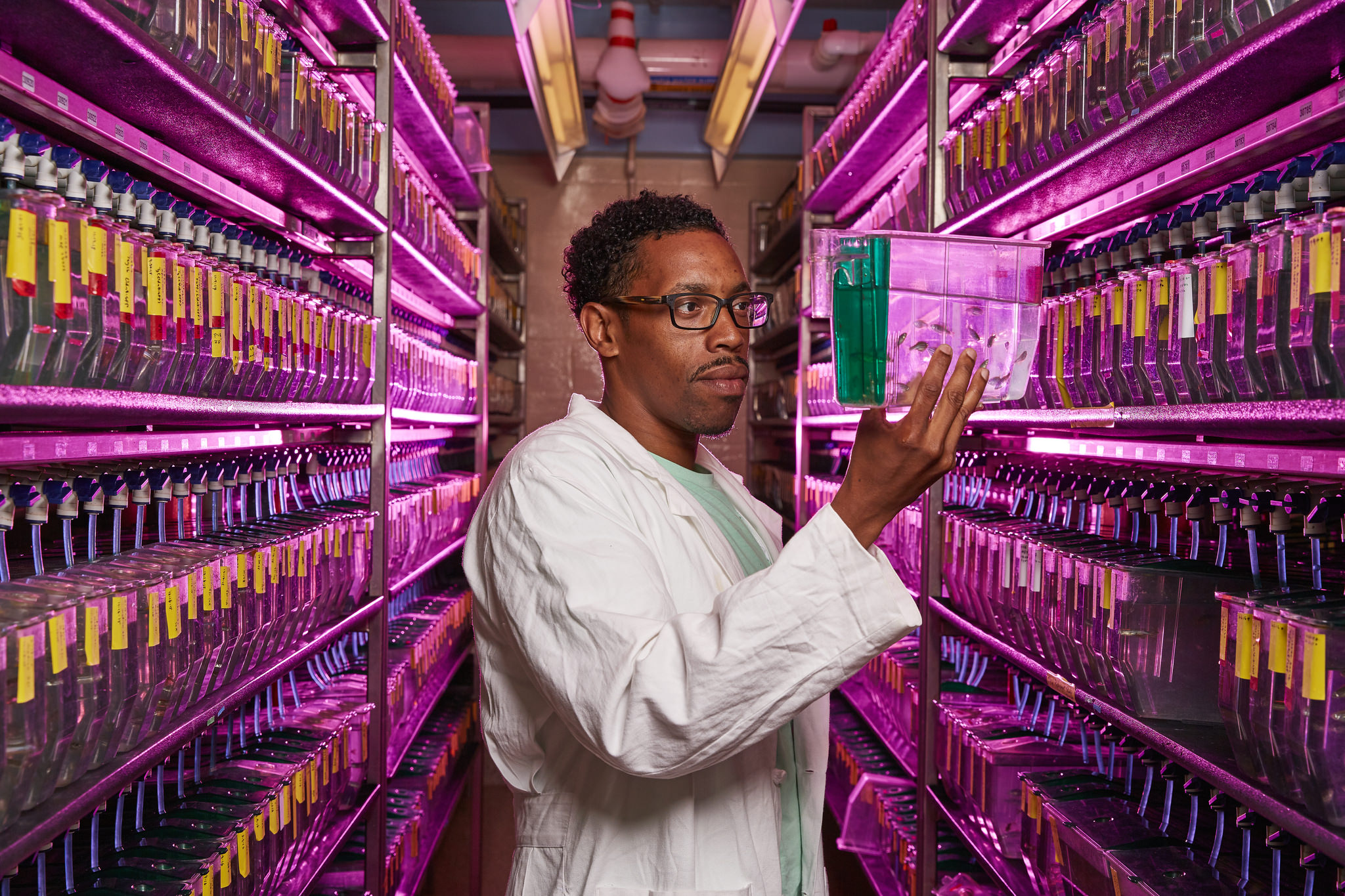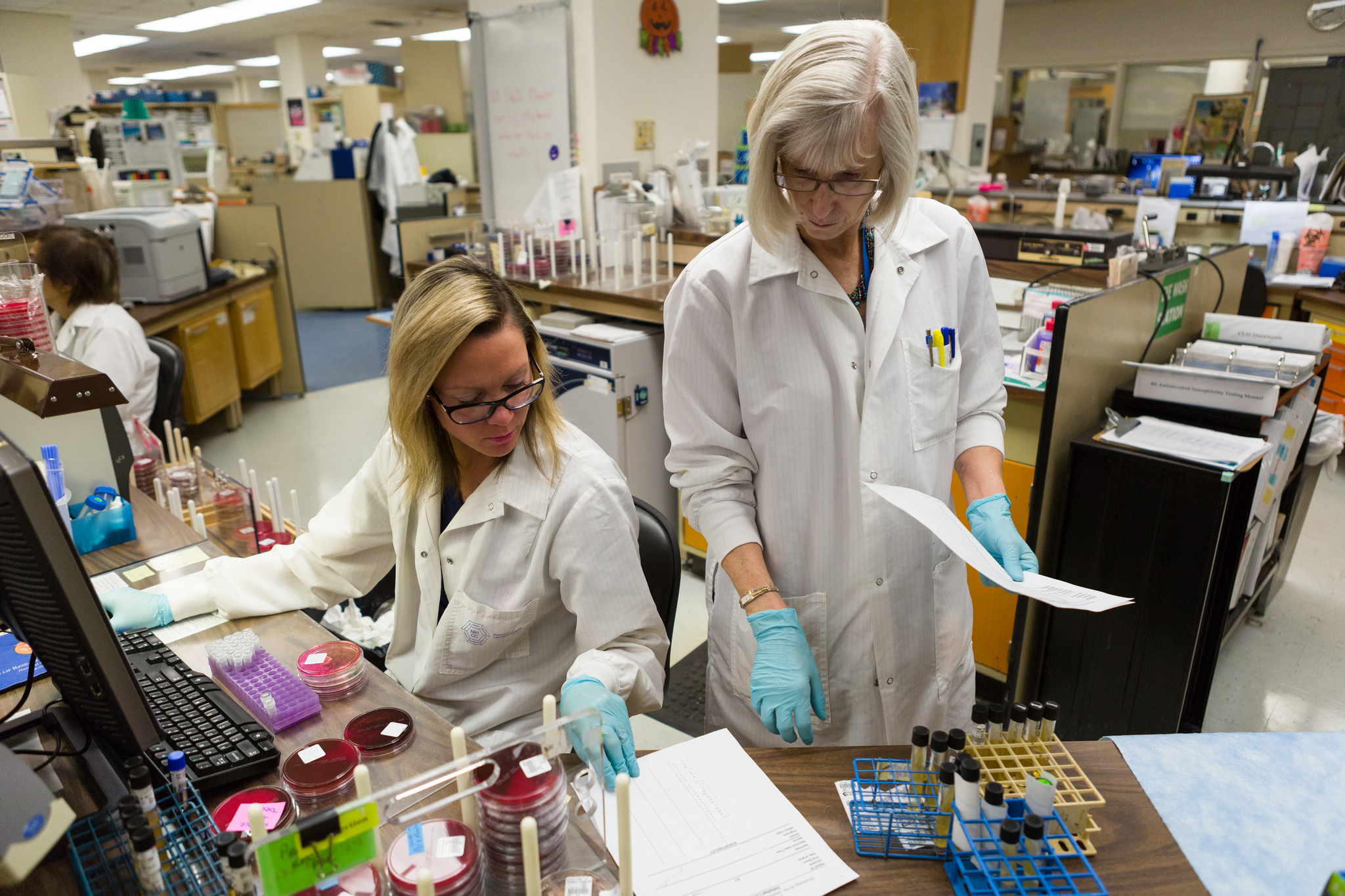10 THINGS YOU NEED TO KNOW ABOUT THE NIH
The National Institutes of Health supports remarkable scientific advances that improve and save lives, curb future healthcare spending, protect against international health threats, and help maintain global leadership.
- NIH is the largest public funder of biomedical research in the world.
- In fiscal year 2023, the NIH provided $37.81 billion in extramural research funding to scientists in all 50 states and the District of Columbia.
- In fiscal year 2023, NIH research funding supported more than 412,000 jobs nationwide, and the income generated by these jobs, as well as by the purchase of research-related equipment, services, and materials, produced more than $92.89 billion in new economic activity.
- Between 1970 and 2020, the life expectancy of the average American increased by a little over 6 years, due in part to discoveries that developed new ways to prevent, diagnose, and treat a variety of illnesses – many of these discoveries emerged as a result of NIH-supported research.
- The American Cancer Society estimates that nearly 4.1 million lives were saved from 1991—2021 as a result of improvements in cancer treatment, detection, and prevention, many of which were funded and driven by NIH, resulting in a 33% drop in the cancer death rate since 1991.
- NIH supported researchers who developed and tested vaccines and therapies for COVID-19, doing so in an impressively short timeframe. NIH also speedily developed rapid diagnostic tests for COVID-19, including the home test kits millions of Americans use today.
- NIH scientists have played a major role in working to address the national opioid crisis by working to develop safe, effective medicines for chronic pain, create a vaccine to protect against opioid misuse, and improve overdose prevention and reversal interventions.
- Since the mid-1990s, NIH research has driven HIV testing and preventive interventions, resulting in a more than 90% decrease in the number of U.S. children perinatally infected with HIV.
- NIH-supported researchers have made transformative advances in the use of gene therapy and gene editing over the last decade, creating promising and potentially curative treatment pathways for a growing number of conditions from sickle cancer to HIV.
- YET… even with recent Congressional investments, NIH’s purchasing power is still below its 2003 level and millions are needed to close the gap.




